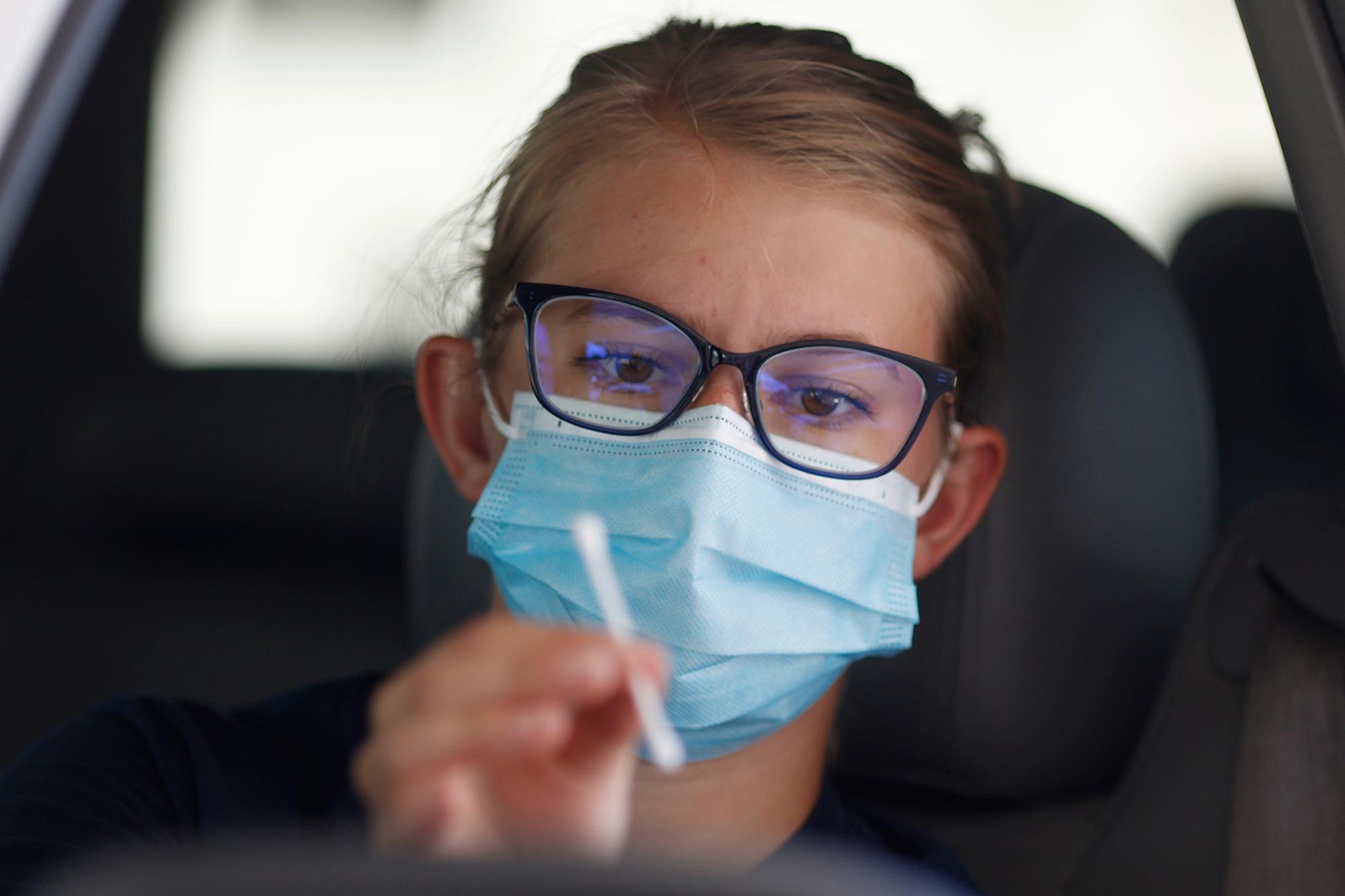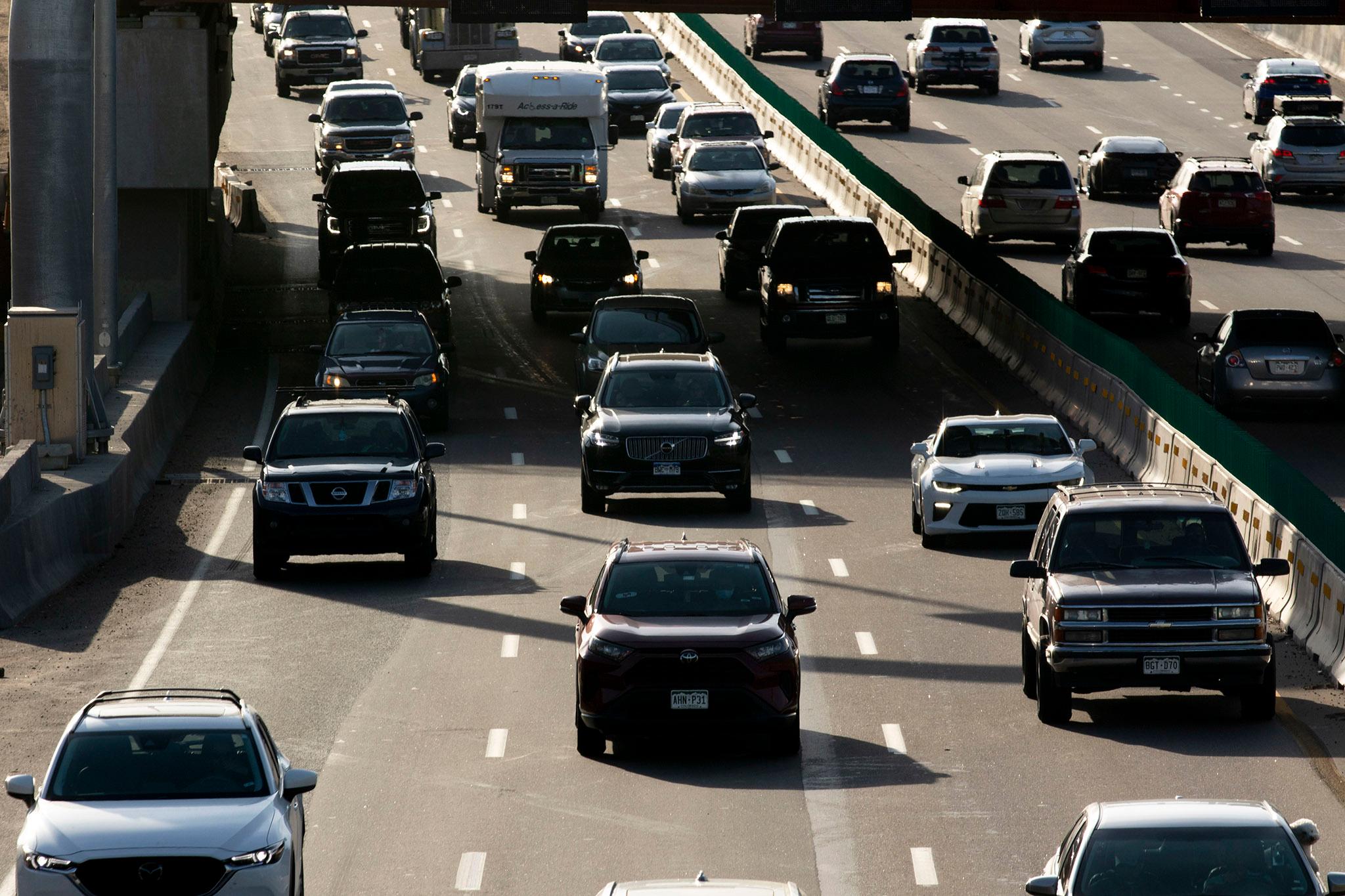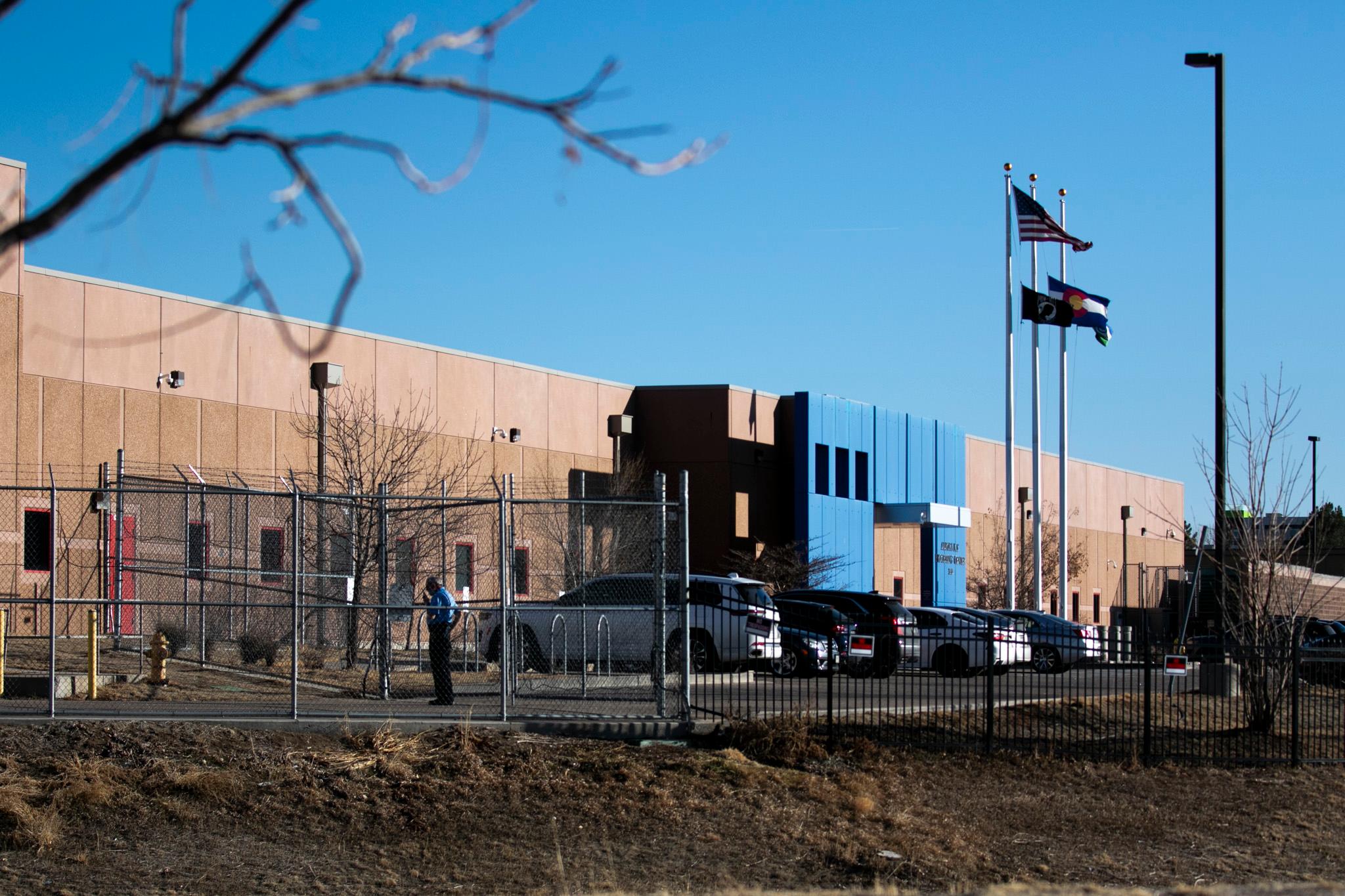
It was day two of the Denver protests that followed in the national outcry over the death of George Floyd. It was the first time I had any meaningful face-to-face interaction with people who weren’t my family since March.
I wore a face mask to report on the scene, used a lot of hand sanitizer and tried to keep a safe distance. As you can imagine, interviewing protesters with masks and lots of noise isn't easy from 6-feet away. Inevitably, I had to get closer.
I later had doubts. Had I gotten too close? I held my phone pretty close to people’s faces for an interview, did the hand sanitizer work?
Gov. Jared Polis, like many health officials, has worried out loud about the potential spread of coronavirus in the activist crowds. Yet, for the protestors who have demanded change for 12 days and running — and the reporters who are there to document it — the risk is worth it.
Six days after I covered the protests, with my husband who had recently traveled in tow, I went to the Pepsi Center to get tested.
We were both anxious.
The Test
After any potential exposure to COVID-19 it’s important to wait five to seven days — or until you show symptoms — to get a test, said Dr. Michelle Barron, medical director for Infection Control and Prevention at the University of Colorado Hospital on the Anschutz Medical Campus.
The virus takes time to replicate in the body and then show-up in a nose or throat swab. The chance of a false negative result on the day you are exposed to the virus is 100 percent. Four days after exposure, the chance drops to 40 percent, according to the Harvard Medical School.
The test at the Pepsi Center, which is free and now available to anyone who wants it, is a self-administered nasal swab. A woman in full personal protective equipment took our IDs and then held out a small package with some swabs sticking out. We each grabbed one, took off our masks, and swabbed the insides of our nostrils with the swab. She held out a tube with some liquid in it for each of us to deposit our swabs. Then she handed us information sheets with little stickers that identify the number of our tests.
The test was easy, quick and painless. There are testing sites across the state. You can find information about those online or call your health care provider for guidance on where to go.
The Wait
Test results from the Pepsi Center testing site typically take three to five business days.
As you wait for your results, “it's important to monitor for symptoms,” Barron said. “Fevers, chills, cough, shortness of breath, changes to your taste or smell, fatigue, body aches — those are all signs that you're actually developing an infection.”
If you find that you display those symptoms then you need to self-quarantine.
Barron said that test subjects should continue to practice social distancing, wear a mask when out in public near others and refrain from seeing people who you don’t normally see. My husband and I had been living with his grandparents, both a risk category since they are over 75. It was a temporary setup that made perfect sense before the new coronavirus reality set in. Now, it’s been nerve-wracking as we make sure to do our best to protect them.
Since he had to travel, we decided to stay with his brother to isolate, which meant that I felt comfortable covering the protests. They’re all family, so they understood, of course, but my partner and I felt the uncertainty. What would happen if one of us did test positive?
A test result is one tool in detecting and tracking infections, but it’s only reflective of the moment in time at which you took the test. You can be exposed after the test and not see that in the results.
“I think back to the AIDS epidemic, and when we started testing for HIV. If you had a negative test, people felt pretty excited and said, ‘OK, I'm free to do whatever I want to do.’ And it doesn't mean that, it means at that point in time,” Barron said. “With COVID it may be a week before you can truly say for sure that your negative means that you're negative, and of course that's dependent on not getting exposed in the in-between.”
I have bad allergies (not exactly helpful) so I continued to cough and sneeze, but I didn’t have body aches or a fever.
The Worry
On face value, it’s simple to avoid friends and family during this time, but we all know how hard that is day-to-day. As someone who writes about the impact of COVID-19 on families and the speed of doctors and researchers to develop a vaccine and treatments, I felt keenly aware of the complicated nature of this disease and my tiny role in it.
The Centers for Disease Control and Prevention offers some tips on coping with stress during the pandemic like taking breaks from consuming the news — hard to do when you’re a journalist — take care of your body with exercise, meditation, healthy eating and avoid drugs and alcohol. While we have to maintain physical distance, that doesn’t mean you should stop talking to friends and family. The CDC recommends reaching out to the people in your life as it’s good for you and them.
Barron acknowledged how stressful it can be to wait for results, but said to keep in mind that a diagnosis is not an automatic death sentence.
“It’s likely that you're not going to end up getting really sick from this,” she said. “And so there is certainly the spectrum of disease that people get, and I think the best example people can relate to is like having the flu, some people obviously get really, really sick from it and some people get a little bit sick.”
The Results
On Sunday evening, I got an email with my results from LabCorp, the company that tests the swabs from the Pepsi Center collection site. The test came up negative for the SARS-CoV-2 virus in my swab. My husband still hasn’t received his results, but he hasn’t started to show symptoms either.
We felt relieved.
I thought a lot about what a bummer two-plus weeks of intense quarantine could have been and how hard it would have been to stay separate from my partner and his sibling in a small two-bedroom. The negative result and the lack of symptoms felt like a tiny win in an otherwise stressful time.
We’ve tried to be realistic about the snapshot nature of the test. We’re diligent about wearing masks, washing our hands and staying away from those outside our immediate family we live with. The test calmed our fears, but we have to stay diligent for the months to come.









